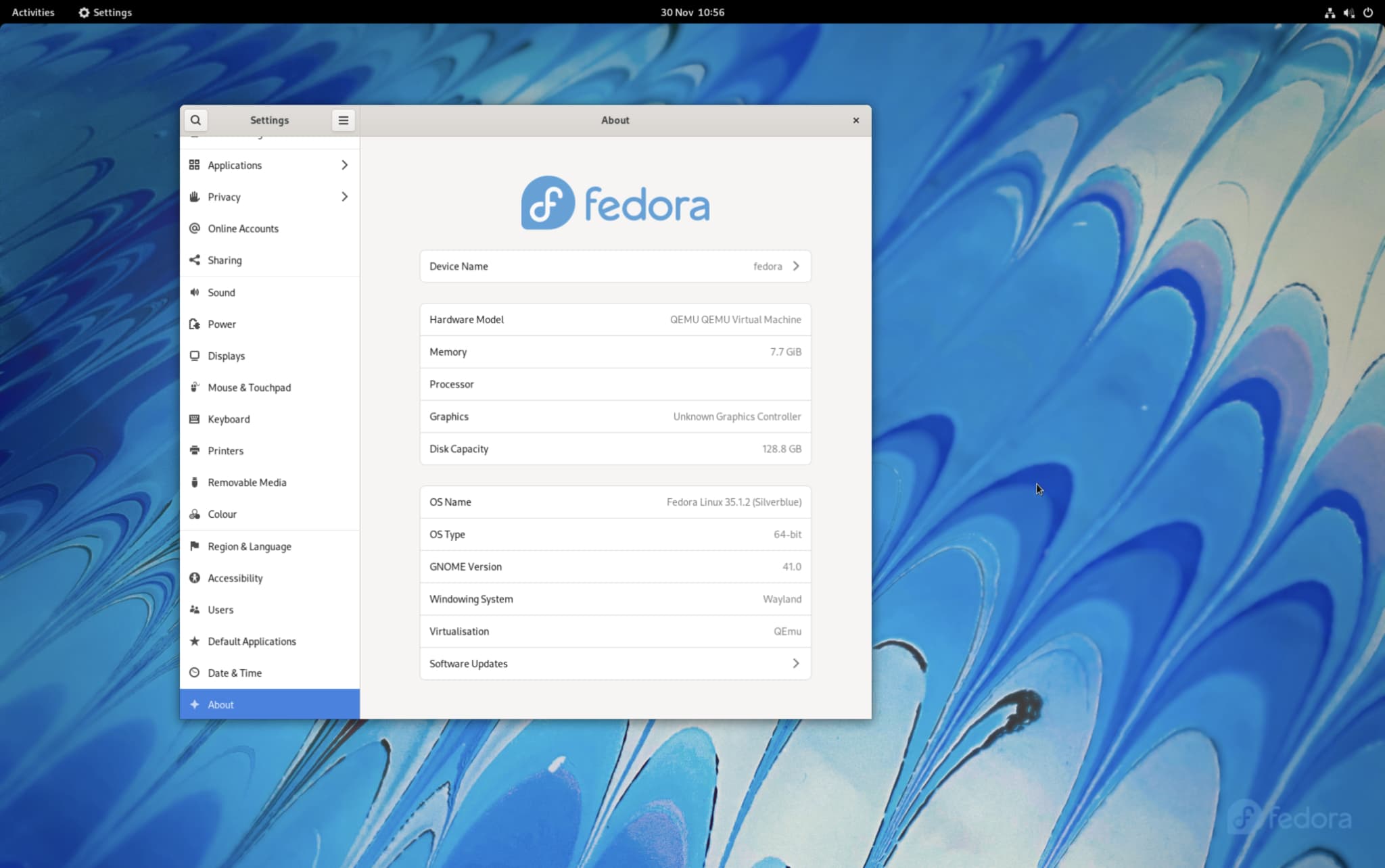Fedora Silverblue vs. OpenSUSE MicroOS: Immutable OS Face-off

Immutable operating systems (OSes) have gained significant traction in recent years due to their enhanced security and reliability. In the realm of immutable OSes, Fedora Silverblue and OpenSUSE MicroOS stand out as two prominent contenders. Both distributions offer unique features and advantages, making it essential to understand their differences to make an informed choice.

Concept

Fedora Silverblue is built on the concept of an immutable root file system, where the underlying operating system and installed packages are protected from accidental modifications. Users work within a separate, writable layer called the “overlay,” allowing them to install applications and customize their systems without compromising the integrity of the base system.
OpenSUSE MicroOS, on the other hand, takes a more radical approach by having a fully immutable root file system. Once installed, the underlying OS and packages cannot be altered in any way. Instead, the system relies on transactional updates that replace the entire root file system with a new, updated version.
Package Management
Fedora Silverblue uses the RPM-Ostree package management tool, which allows users to install and update packages within the overlay. However, this process is strictly separated from the immutable root file system, ensuring stability and security.
OpenSUSE MicroOS utilizes a transactional update mechanism managed by OSTree. When an update becomes available, the entire root file system is replaced with the new version, minimizing the risk of system breakage or data corruption.
Rollbacks
Fedora Silverblue provides a straightforward rollback mechanism through transactional updates. Users can easily revert to a previous system state if they encounter any issues after an update.
OpenSUSE MicroOS, due to its immutable nature, does not have a conventional rollback mechanism. Instead, it relies on the atomic nature of updates to ensure the system is always in a consistent state, reducing the need for rollbacks.
Extensibility and Customization
Fedora Silverblue encourages extensibility through container-based applications. Users can install and run various applications in isolated containers, extending the system’s functionality without affecting the core operating system.
OpenSUSE MicroOS emphasizes simplicity and security by limiting customization options. While it supports some level of extensibility through extensions, the focus is on providing a stable and secure base system.
Use Cases
Fedora Silverblue is suitable for users seeking a modern, secure, and reliable operating system that supports both traditional desktop applications and containerized workloads. It appeals to developers, power users, and system administrators.
OpenSUSE MicroOS excels in environments where stability, security, and minimal maintenance are paramount. It is a suitable choice for servers, headless appliances, and deployments requiring a consistent and predictable operating environment.
Conclusion
Fedora Silverblue and OpenSUSE MicroOS are both excellent immutable OSes that cater to different use cases. Fedora Silverblue offers a balance between security and flexibility, while OpenSUSE MicroOS emphasizes stability and ease of management. The best choice depends on specific requirements and preferences, with Fedora Silverblue being a solid option for advanced users and OpenSUSE MicroOS tailored for deployment scenarios demanding the utmost reliability.


This is a great article! I learned a lot about Fedora Silverblue and OpenSUSE MicroOS.
I’m not sure I understand the difference between Fedora Silverblue and OpenSUSE MicroOS. Can someone explain it to me?
I’m not convinced that immutable operating systems are the way of the future. I think they’re too rigid.
I love how the article says that Fedora Silverblue is ‘the most innovative Linux distribution’. That’s like saying that a Yugo is the ‘most innovative car’.
Oh, great. Another immutable operating system. Just what we needed.
I’m not sure what’s more immutable, Fedora Silverblue or my grandma’s dentures.
I noticed a typo in the article. It says that Fedora Silverblue is ‘based on the Fedora Project’. That should be ‘based on the Fedora Project and Red Hat Enterprise Linux’.
The article is well-written, but there are a few grammatical errors. For example, the sentence ‘Fedora Silverblue is the most innovative Linux distribution’ should be ‘Fedora Silverblue is one of the most innovative Linux distributions’.
I’m not sure what’s more immutable, Fedora Silverblue or my dad’s jokes.
I’m interested in learning more about the technical differences between Fedora Silverblue and OpenSUSE MicroOS. Can someone point me to some resources?
I’m not sure I agree with the article’s conclusion that Fedora Silverblue is the better choice for immutable operating systems. I think OpenSUSE MicroOS has some advantages that Fedora Silverblue doesn’t.
I’m still not sure I understand the difference between Fedora Silverblue and OpenSUSE MicroOS. Can someone explain it to me in more detail?
I’m still not convinced that immutable operating systems are the way of the future. I think they’re too rigid and don’t allow for enough flexibility.
I love how the article says that Fedora Silverblue is ‘the most innovative Linux distribution’. That’s like saying that a Yugo is the ‘most innovative car’.